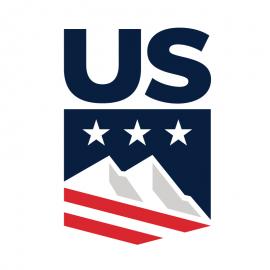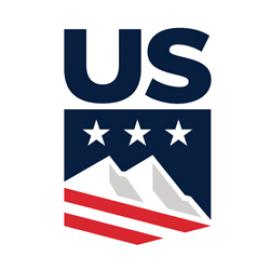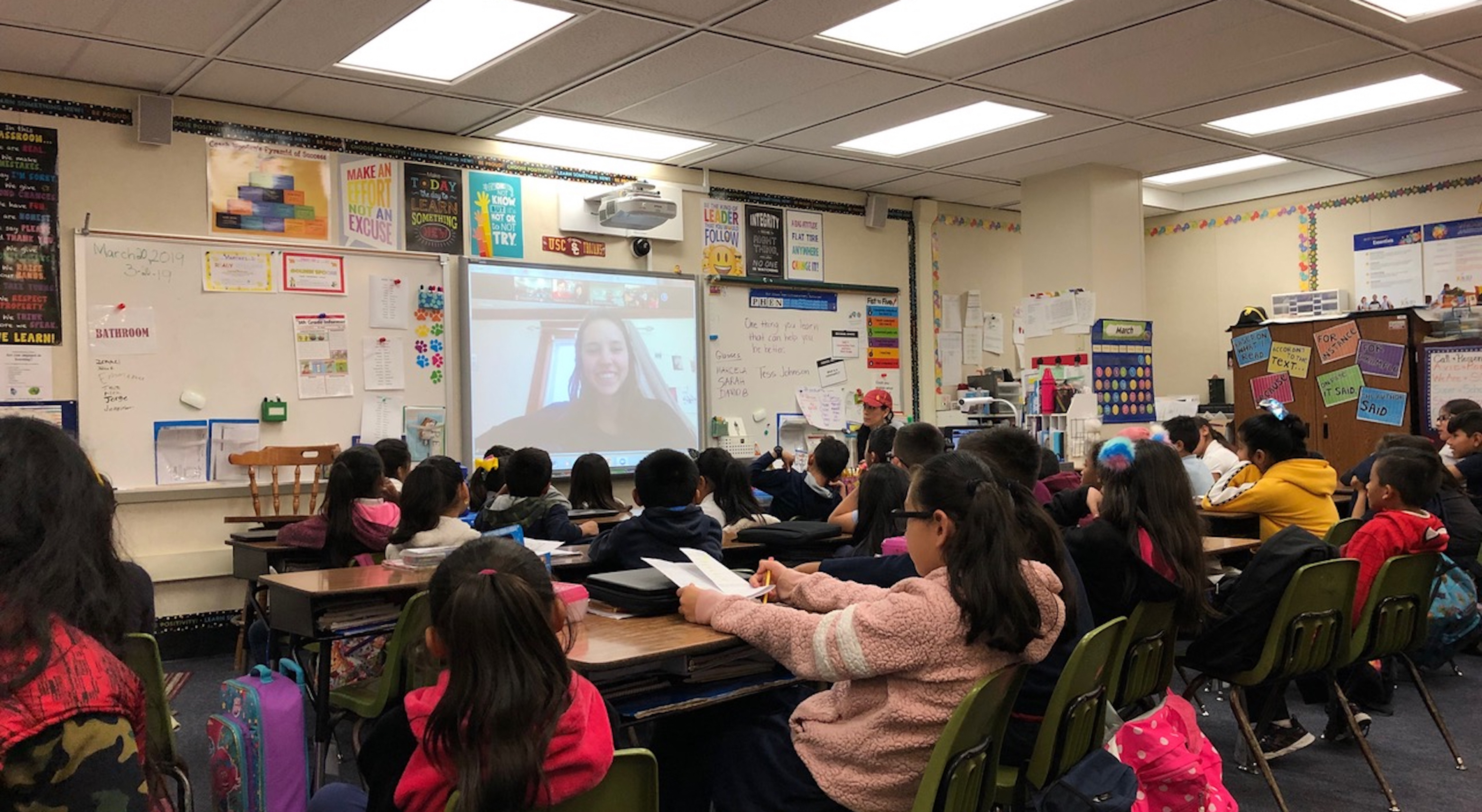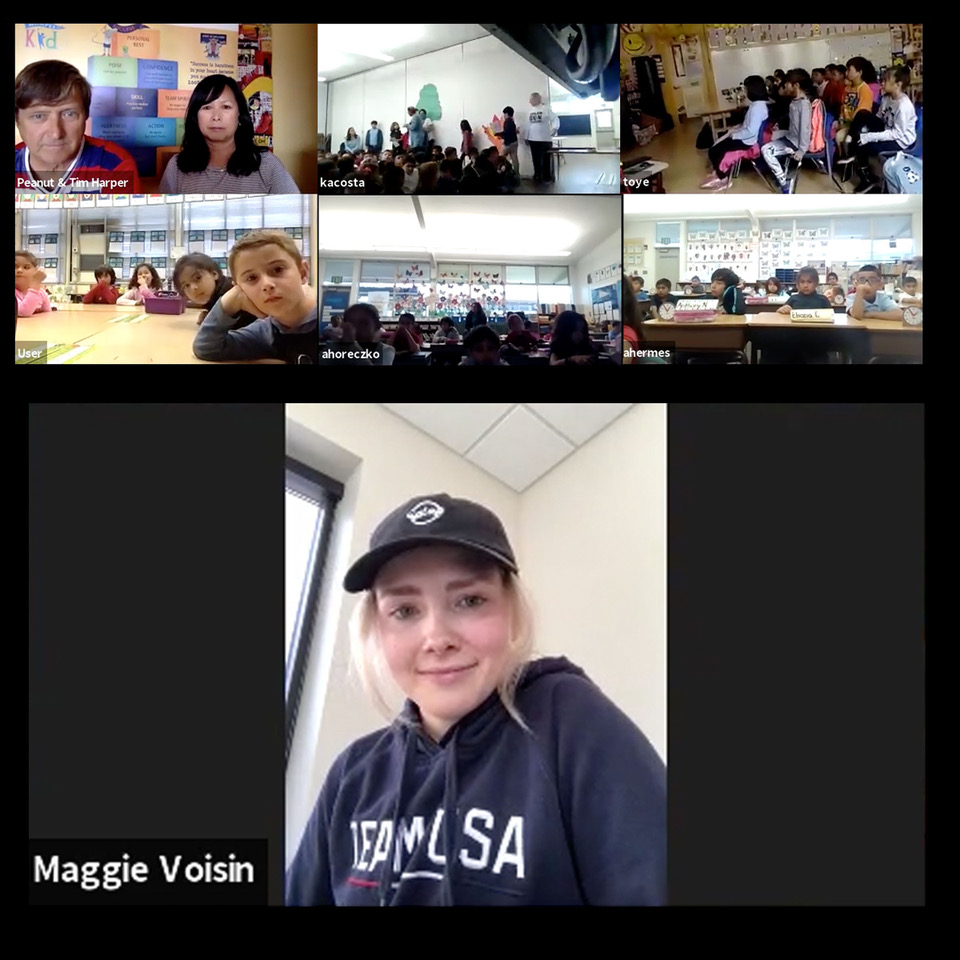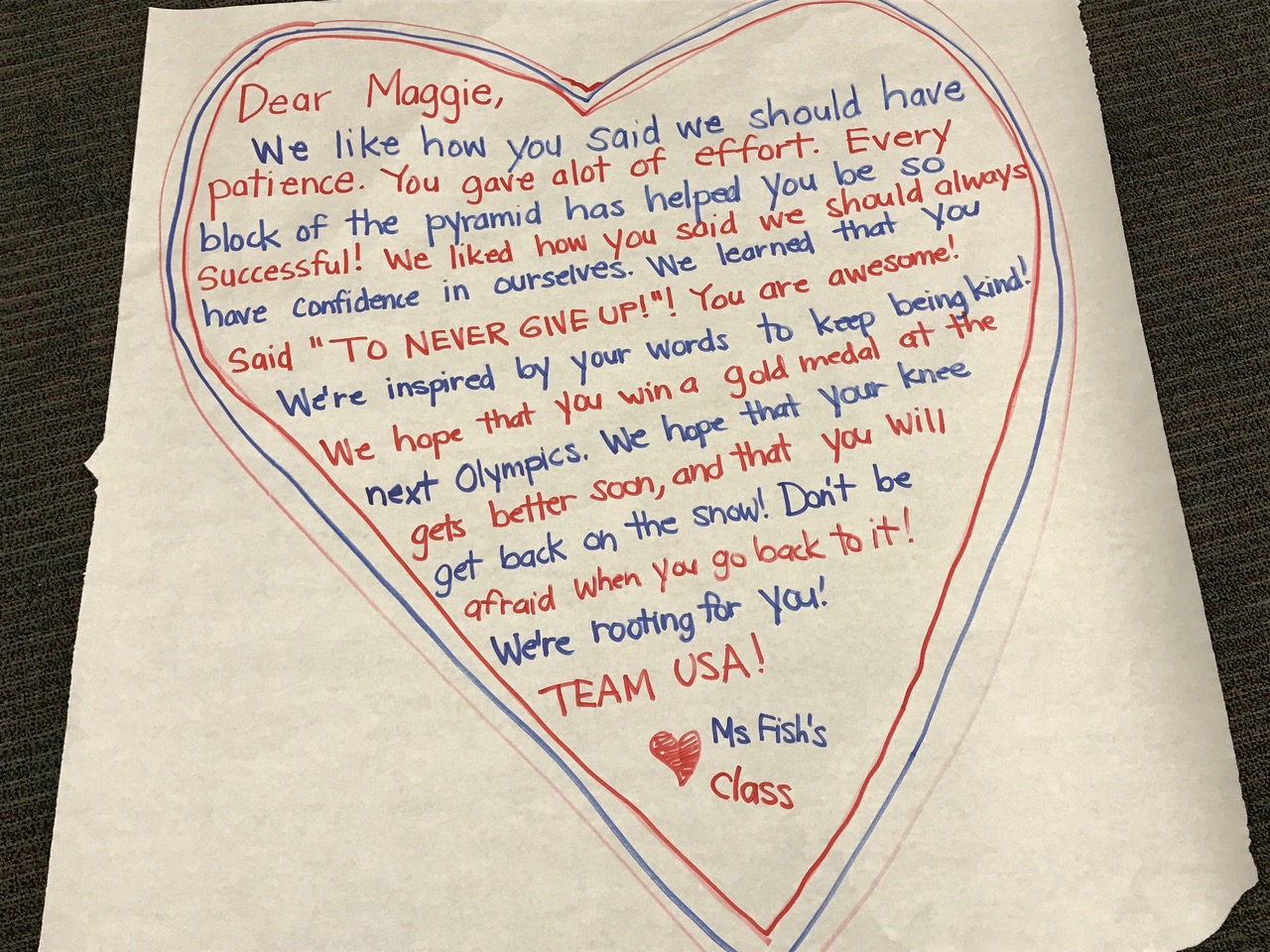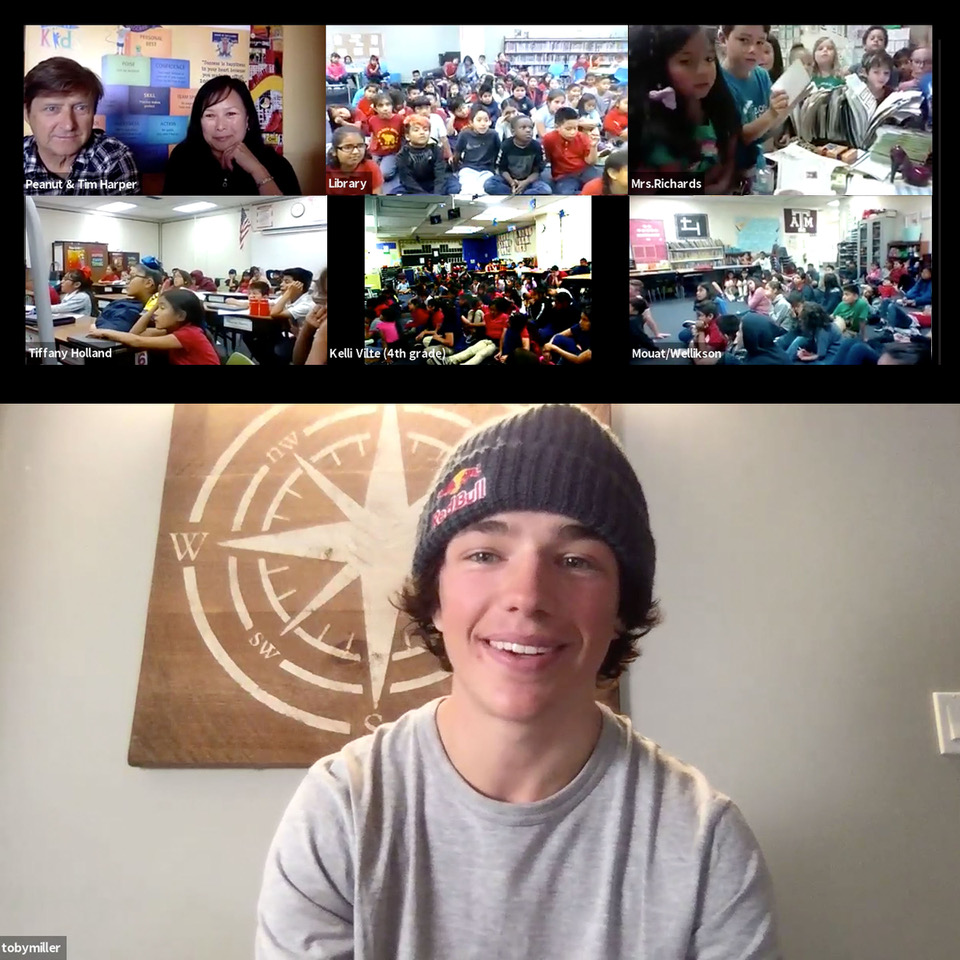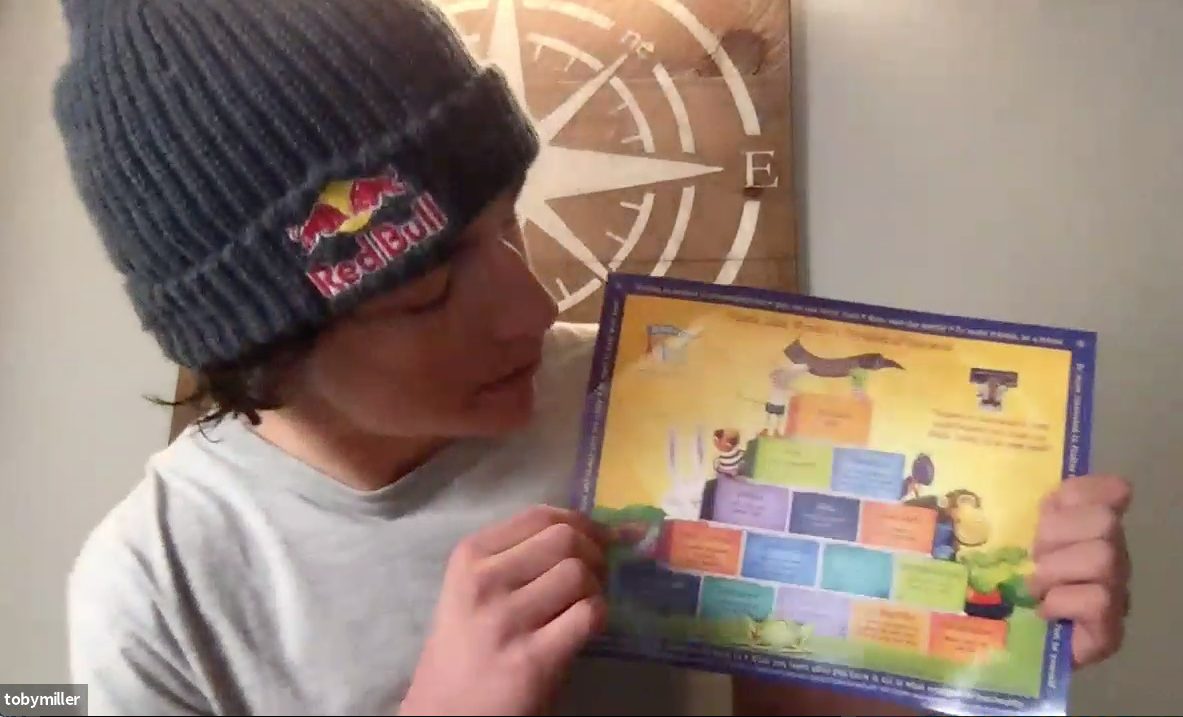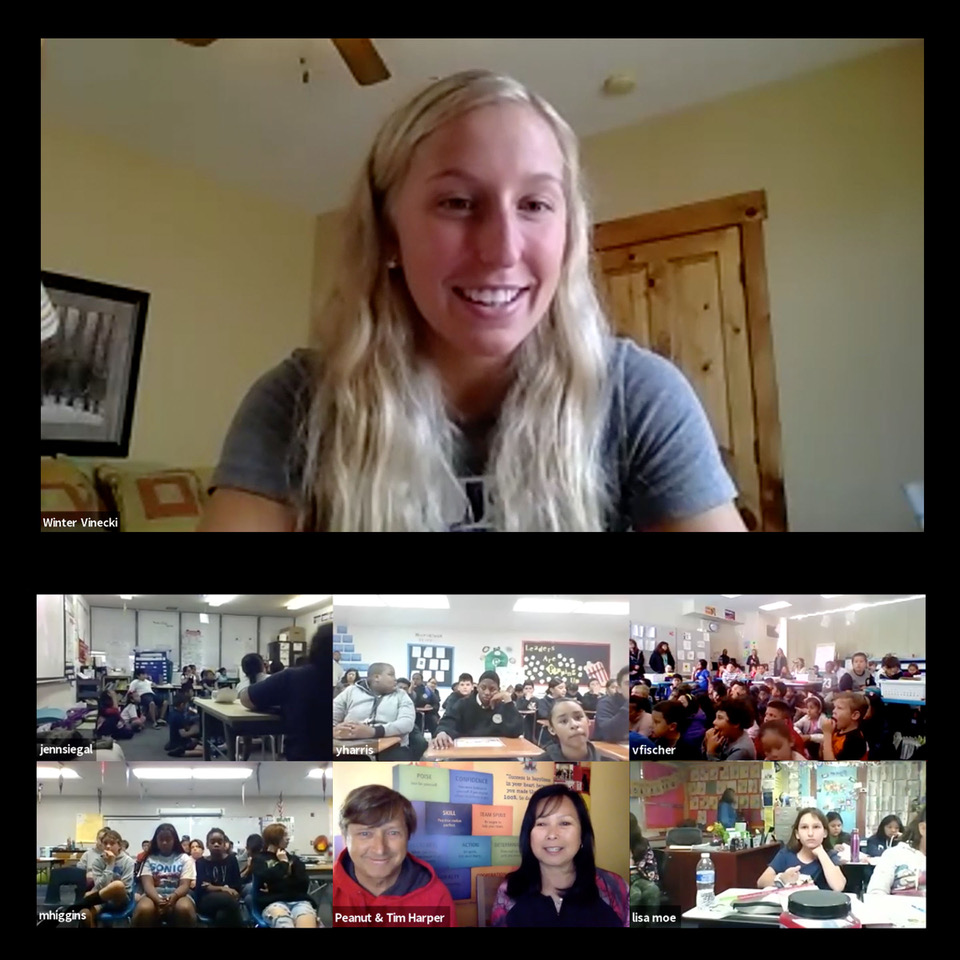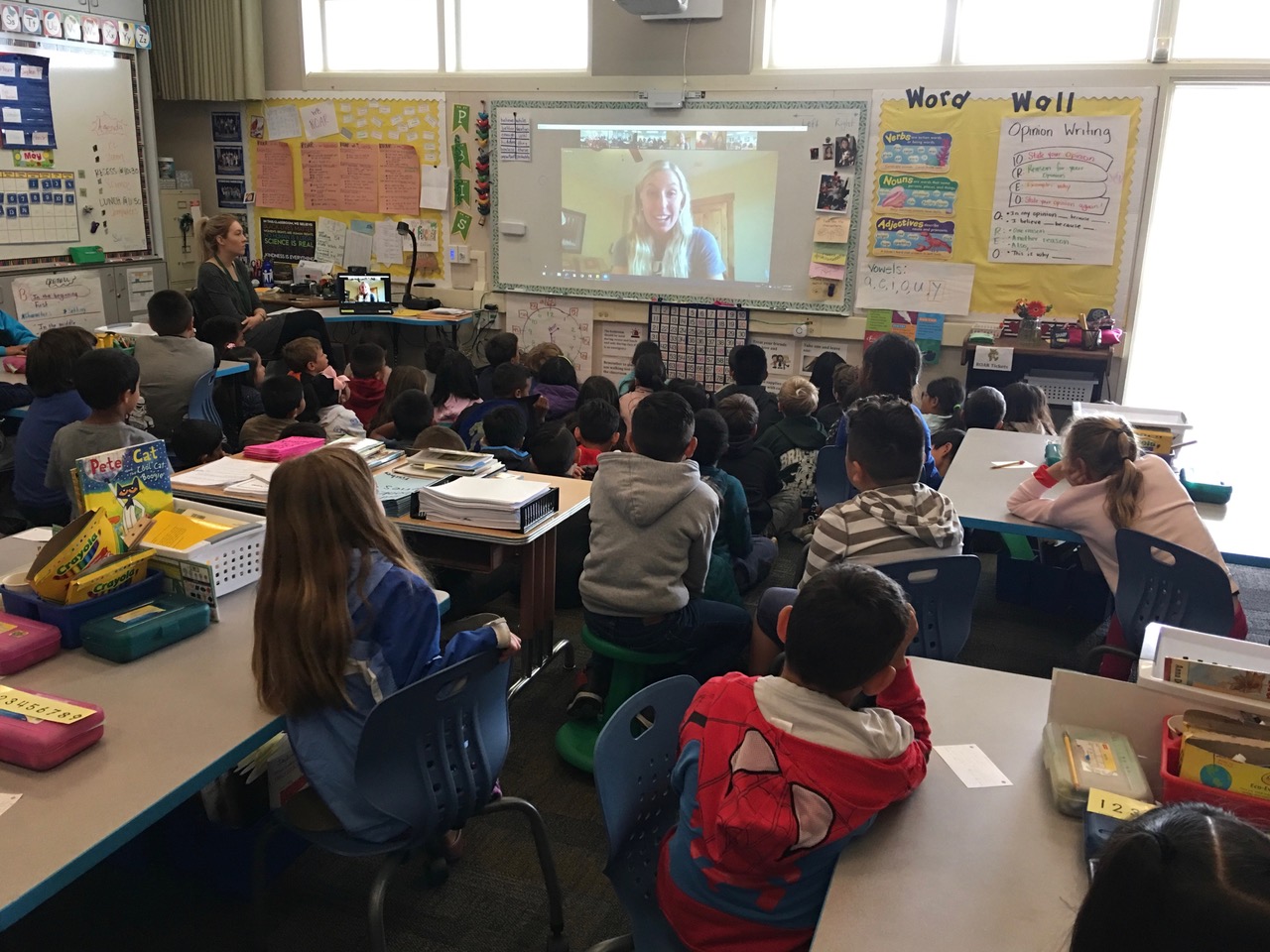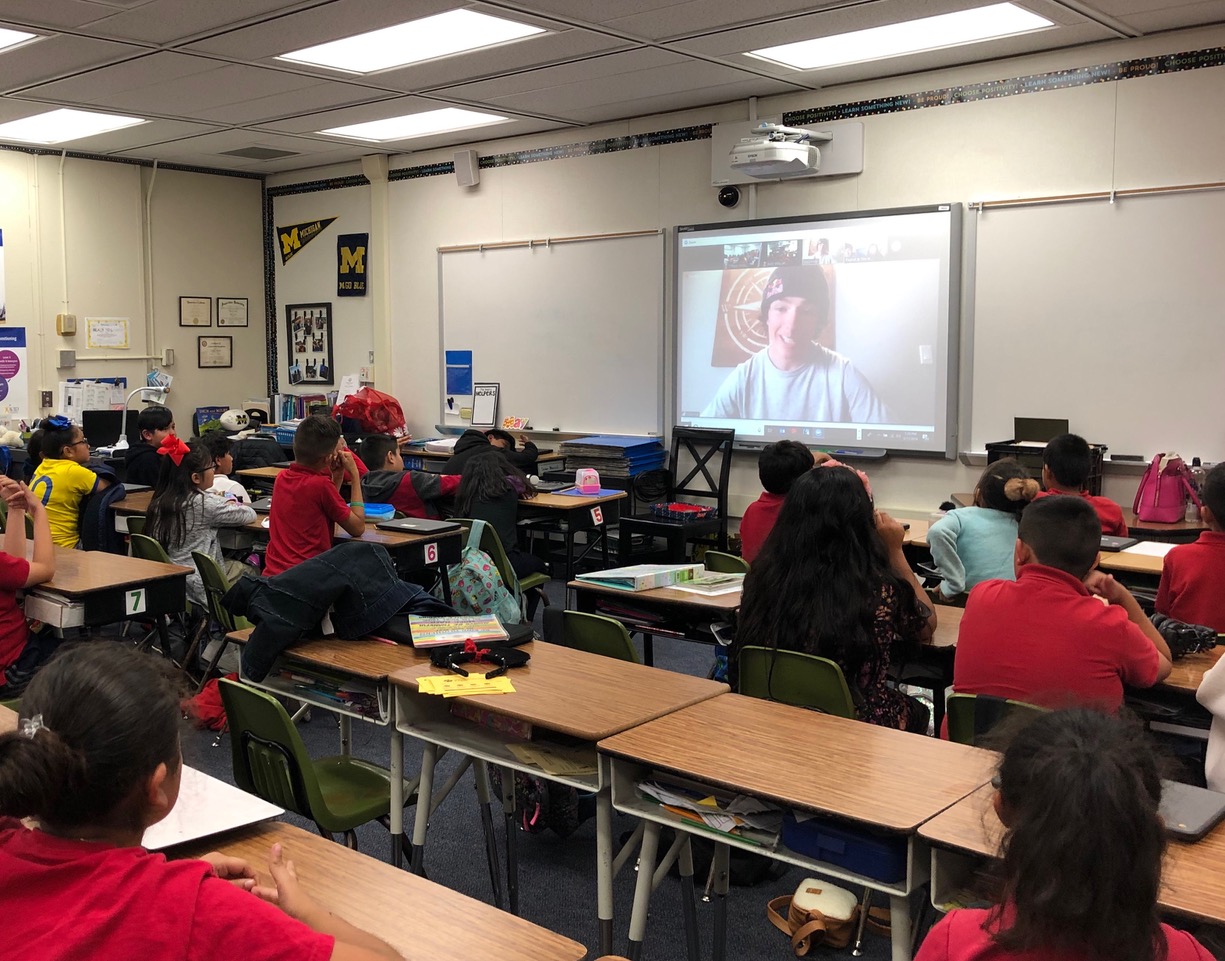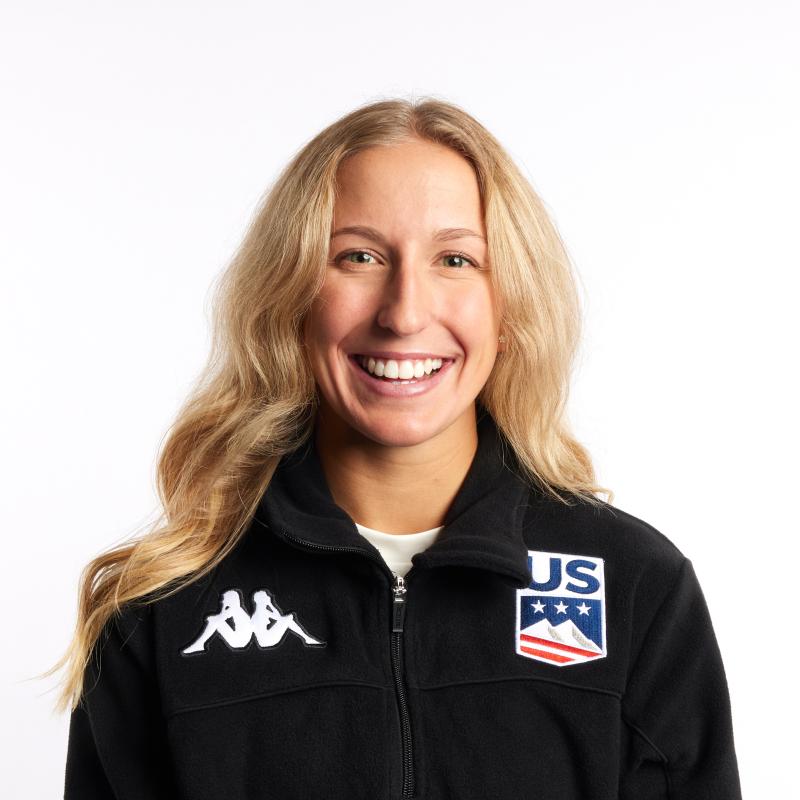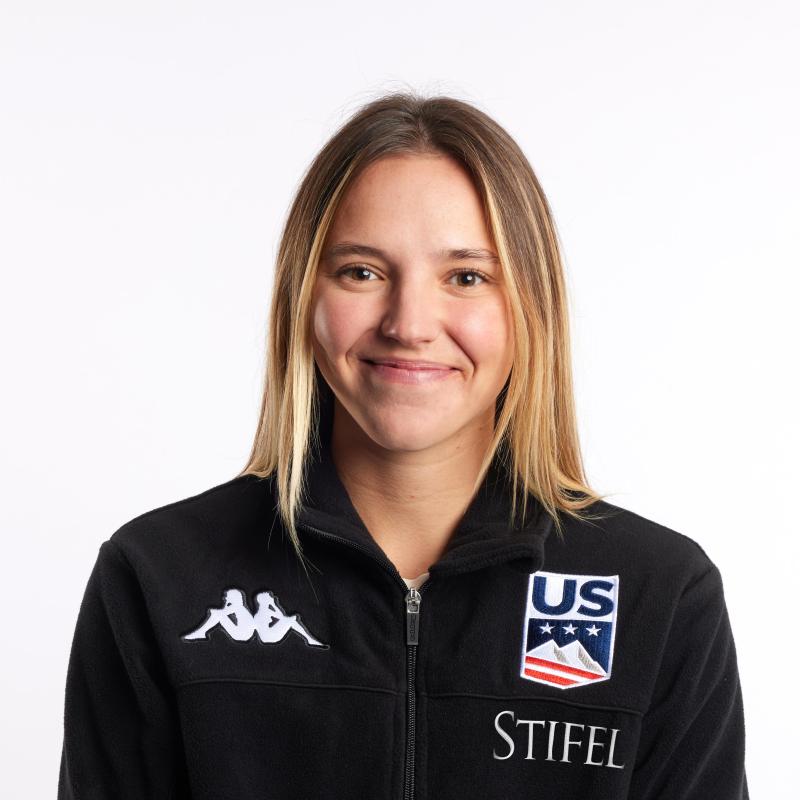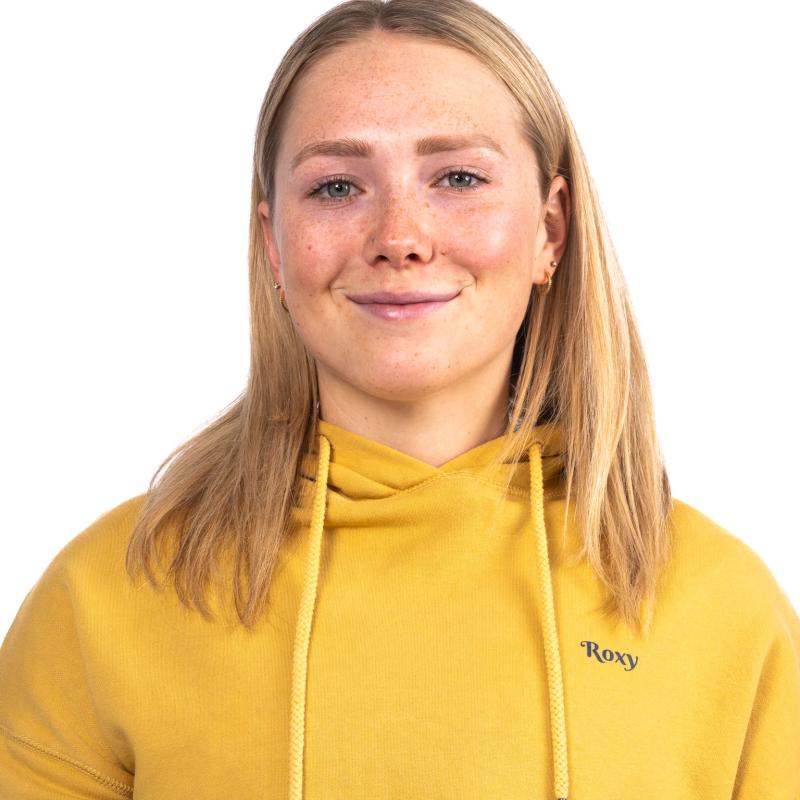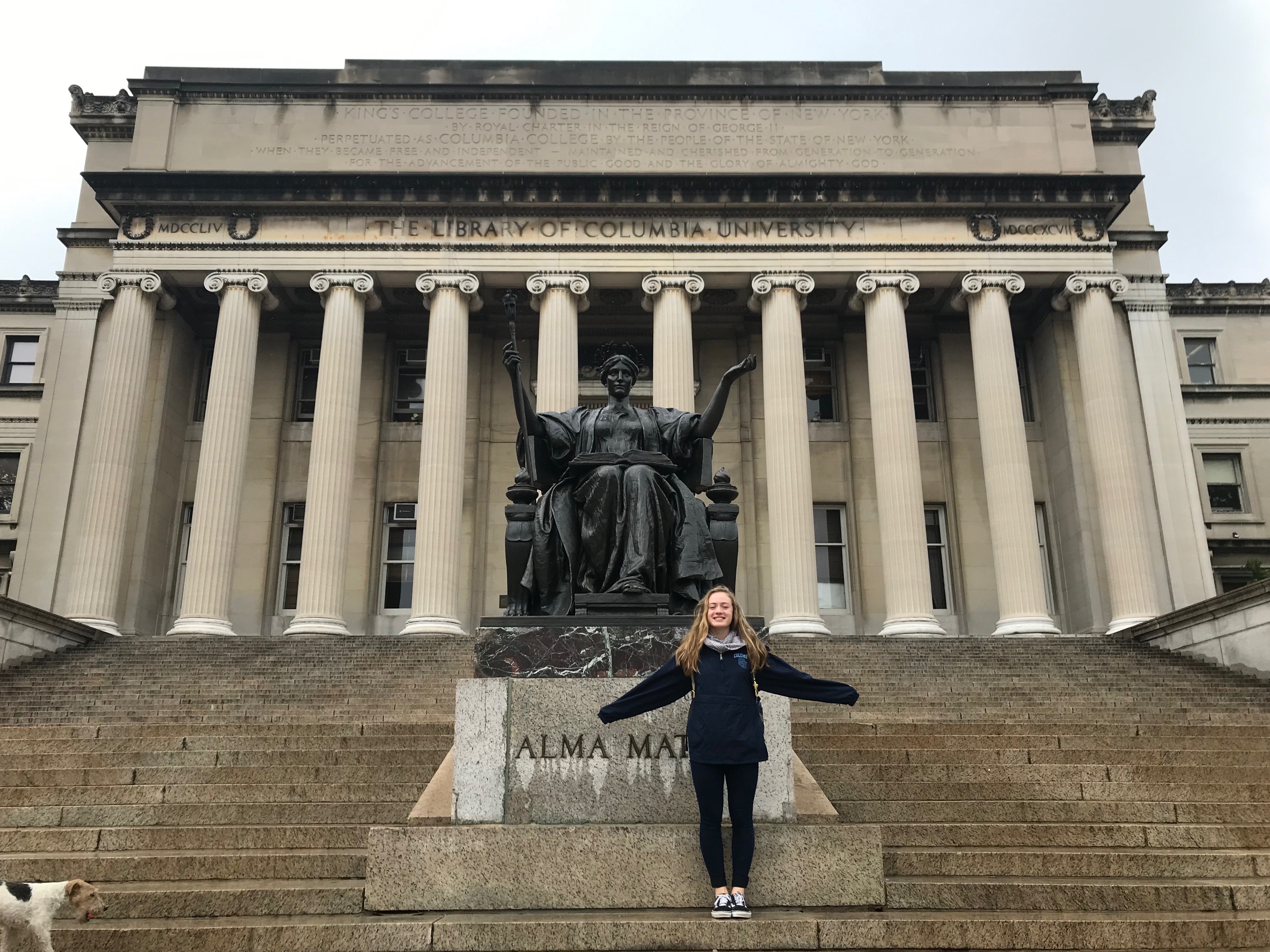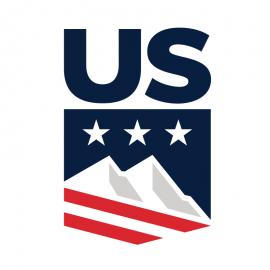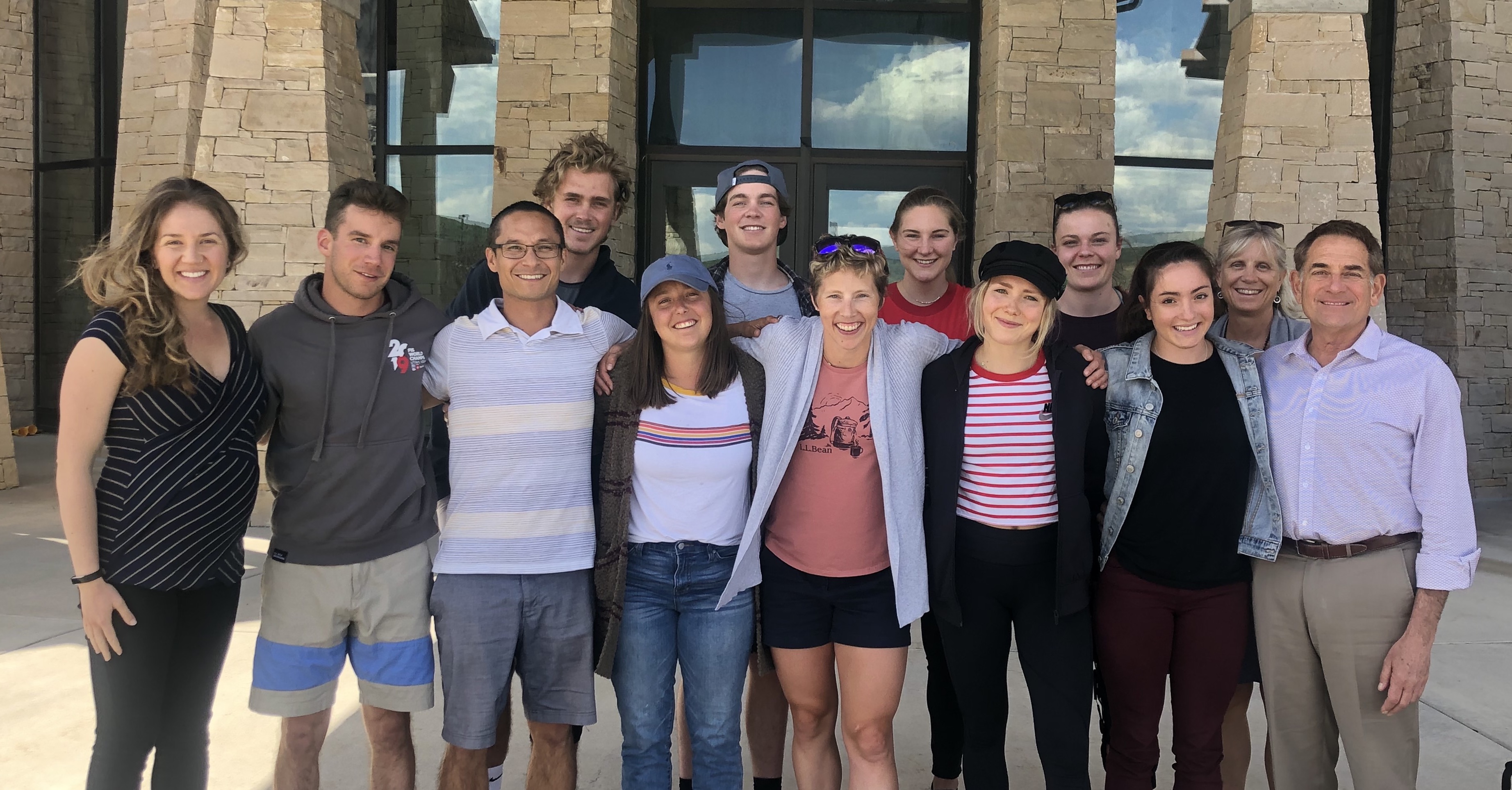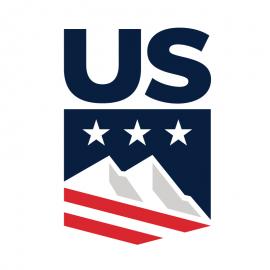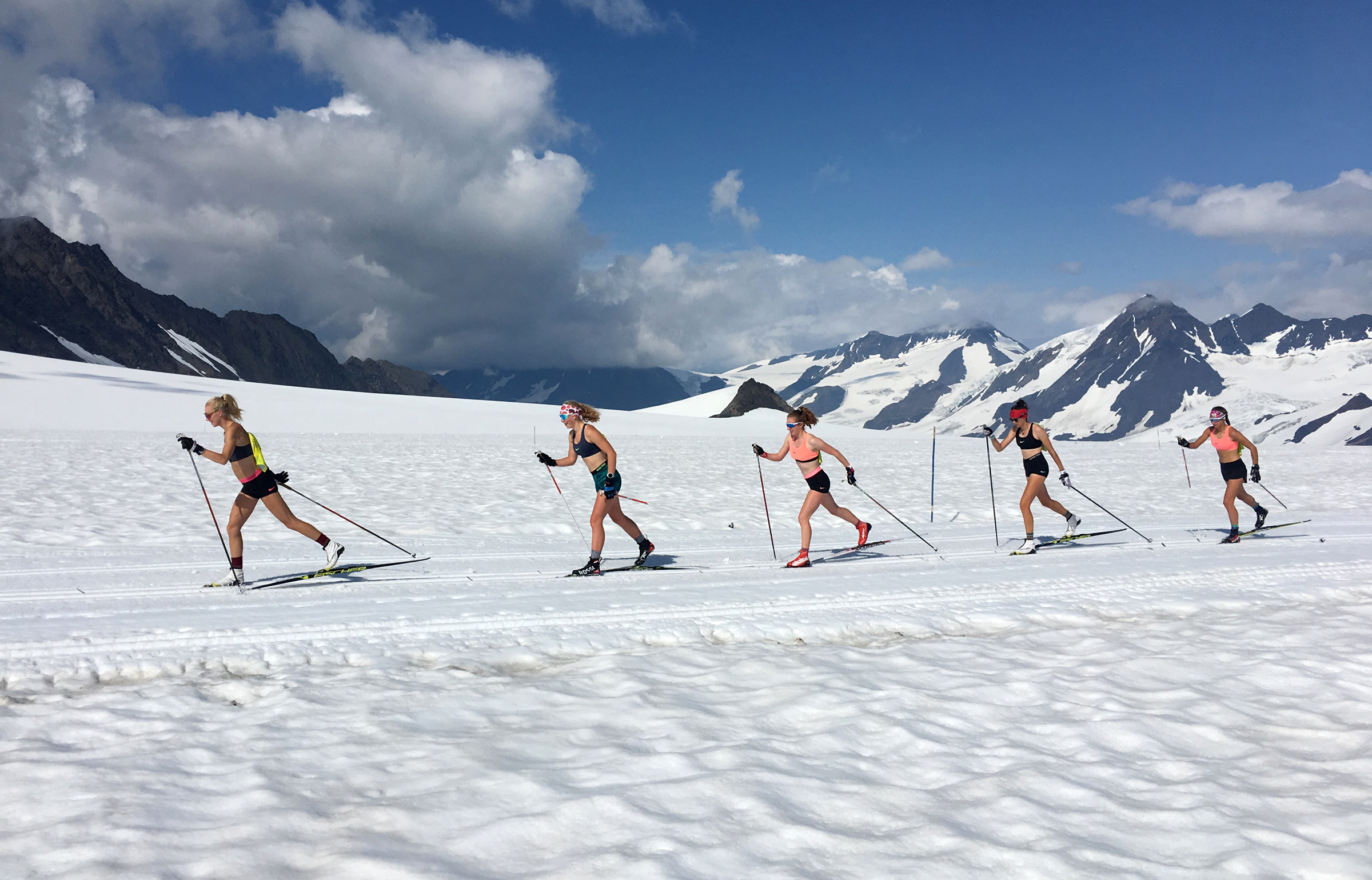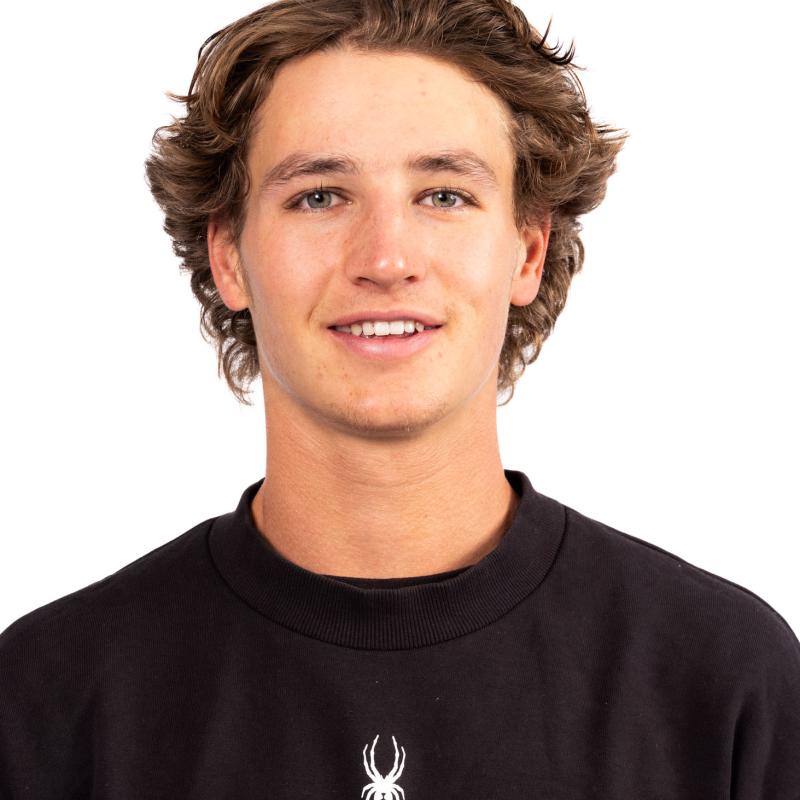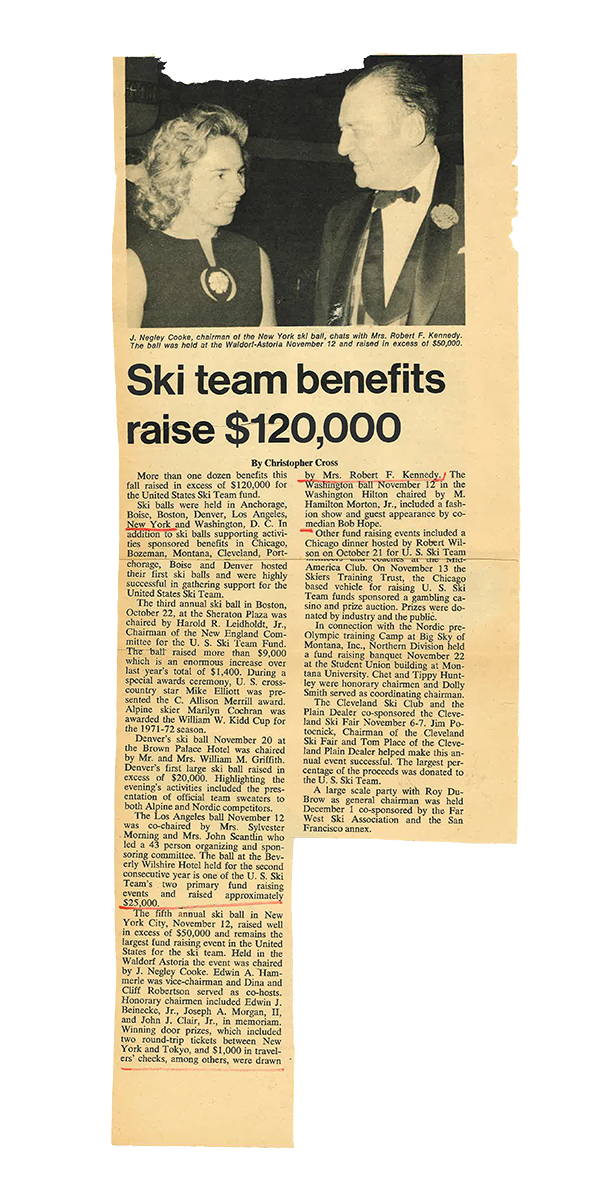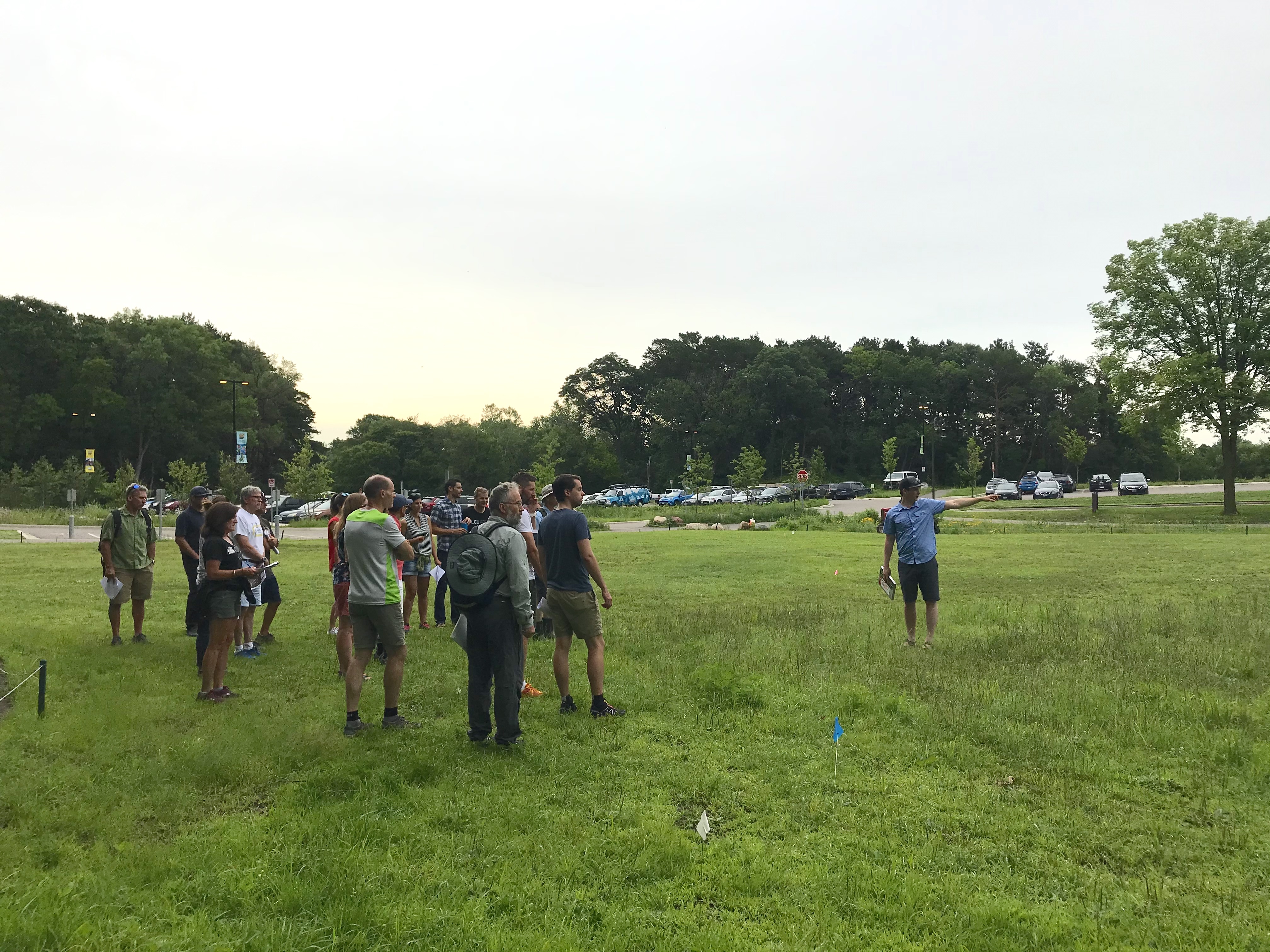Kelley Hired as Sport Education Instructional Designer
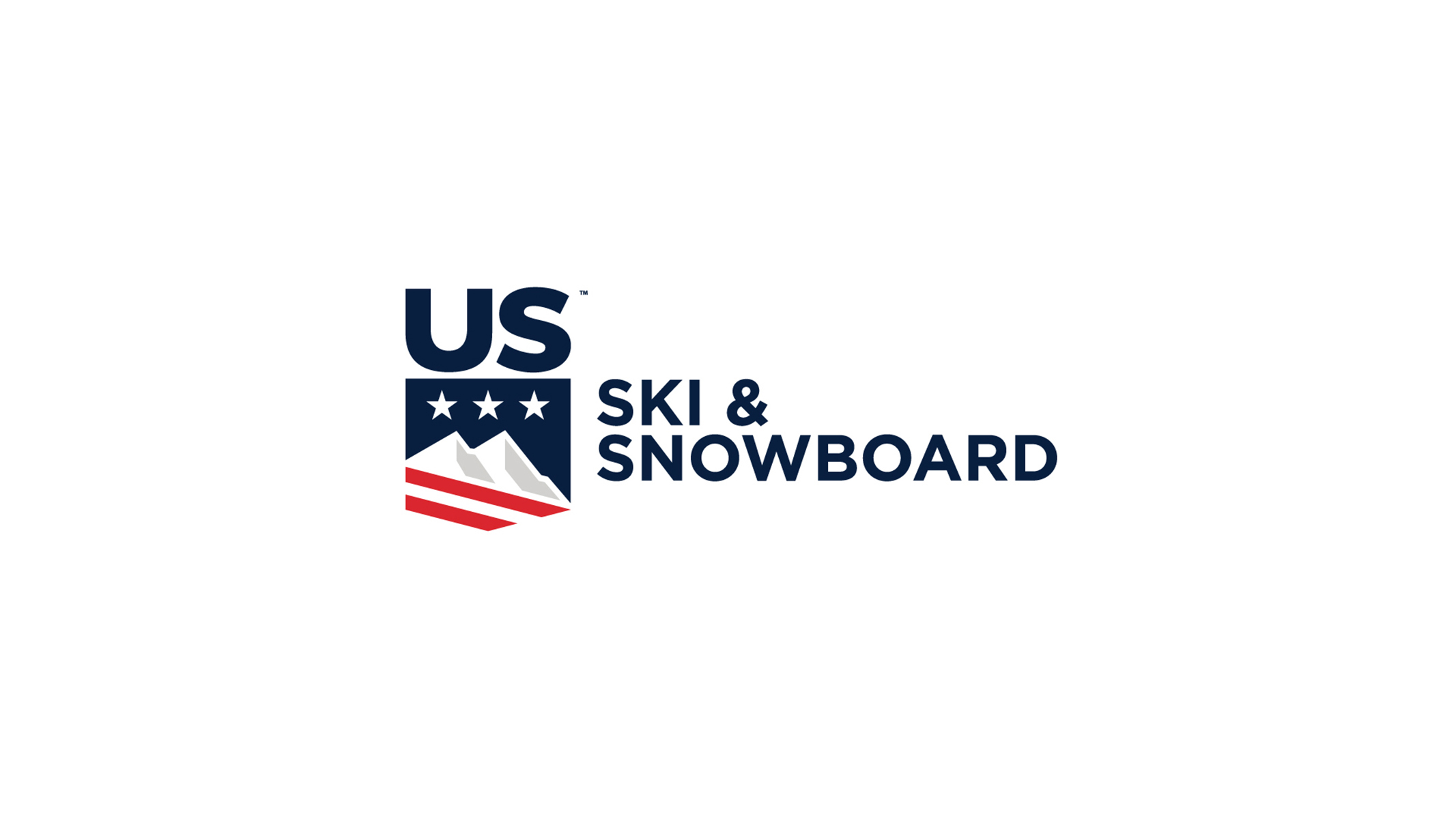
The Sports Education department continues to develop it’s offerings for coaches’ education and recently hired Amanda Kelley as their new instructional designer. With an extensive background in web design, graphic design, and coding, she will be an asset for improving the coach certification process.
Instructional designers are a crucial part of improving educational needs as they have a good understanding of how to create an engaging curriculum that aligns with the needs of the organization. The Sport Education department identified the need for better coach training, and Kelley will bring solutions to fulfill that need.
“Do you need better tools? What is going to solve your problem?” she explains. Through her work so far with Sports Education, the department decided to develop virtual learning. “So now we have to gather our learning objectives and create an outline curriculum. This will include all of the written content, graphic design, animations, video development, and more.”
Kelley will create the learning content used in coaches’ certifications levels 100, 200 and 300 by updating existing content and revamping the online certification course. “I am taking the existing content from an old platform and putting it into a newer, nicer, easy-to-use platform and finding ways to better it,” says Kelley. “Having a great learning and certification program can help branch out more accurate information to everybody so it becomes both secondhand and cohesive.” In order to provide accurate content, Kelley will rely heavily on collaboration between the Sports Education staff, coaches and athletes to make sure procedures are translated correctly.
Kelley’s goals with her new position directly align the Sport Education department’s goals of increasing the number of coach certifications through a new and updated system. “I hope to make it really immersive and interactive. Right now, the courses are very text-heavy, and so I want to make it more user-friendly and more exciting for the user,” she explains.
A blended learning model is the best practice for delivering a training curriculum to a large group of people. The Sport Education department moved to a blended learning curriculum to drive coach education within U.S. Ski & Snowboard three years ago and all certification courses are being shifted to this model. All courses will contain a series of eLearning modules that provide the overall content, a portfolio that provides an opportunity to develop skills, a face-to-face evaluation where clinic leaders evaluate coaches on their ability to coach, perform movement analysis, and demonstrate skills to the desired competency level, and a final exam that coordinates all of these components into one assessment.
Knowledgeable, fun and engaging coaches are U.S. Ski & Snowboard’s greatest resource. Being able to effectively train those who work directly with athletes, both through the development process and at the national team level, and to provide consistent content to clubs across the country is what the Sport Education department hopes to achieve through this massive content undertaking.
“Professional development is important for developing coaches that are equipped to make a lasting positive impact on their athletes,” said Sport Education Director Gareth Trayner. “Creating engaging content, like incorporating the Coaches in the Field series, for instance, makes the content more relevant for coaches participating. The software that we use to create our courses allows us to provide a level of interactivity that makes learning engaging, relevant, and more enjoyable than simply reading through pages of text. Creating this type of blended learning experience where coaches have plenty of time to review and learn the content, participate in activities that develop skills, and collaborate with one another on the hill should increase the number of coaches entering and staying within the coach development pathway.”
